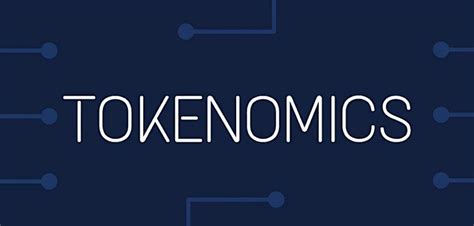The Future Of Tokenomics: Insights From Monero (XMR)
The Future of Tokenomics: Insights from Monero (XMR)

Cryptocurrencies have emerged as a powerful force in modern finance. Tokenomics, the study of the Economics and Mechanics Behind cryptocurrency projects. Innovative, privacy, privacy, and decentralization.
What is Tokenomics?
Tokenomics refers to the analysis of a cryptocurrency’s design, supply, and usage. Project, Adoption Rates, and Network Effects. Tokenomics Helps Developers Create more sustainable and resilient blockchain ecosystems by understanding how different stakeholders interact with their projects.
Monero (xmr) – and decentralized Digital Currency
Founded in 2014 by Greg Maxwell and Mihai Alisie, Monero is a peer-to-peer digital currency that operates independently of traditional fiat currencies. Launched as an open-source software, monero aims to provide a secure and private way for individuals to make transactions online.
Key Features of Monero
Monero’s Success can be Attributed to its Innovative Approach to Security:
1.
2.
.
Tokenomics Insights
To better understand the Economics of Monero, we’ll explore its tokenomics:
- Supply : Monero has a limited supply of 21 million coins.
- Mining :
.
Innovative Tokenomics Strategies
Monero has successfully implemented several Tokenomics Strategies:
- Dynamic Supply and Redemption :
- Multi-exchange support : Monero’s Decentralized Network enables easy trading on Multiple Exchanges worldwide.
Real-World Implications
Far-Reaching Implications:
1.
2.
The Future of Tokenomics
Tokenomics will play a crucial role in shaping future projects:
- Increased focus on security and decentralization :
- Growing Importance of Environmental Sustainability :
Conclusion
Monero (XMR) is an exemplary case of how innovative approaches to tokenomics can create successful decentralized digital currencies.